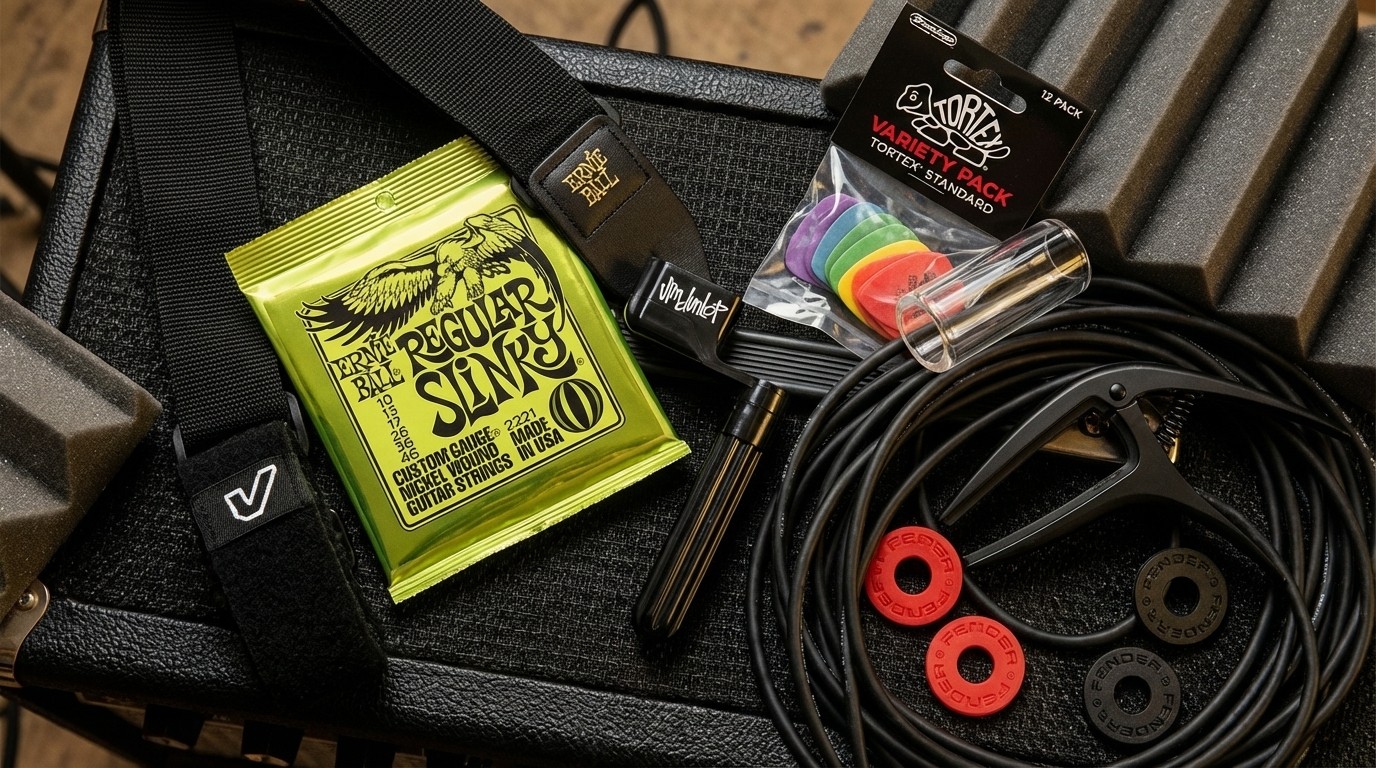What In the World: Celtic Phrasing Using Grace Note Articulations
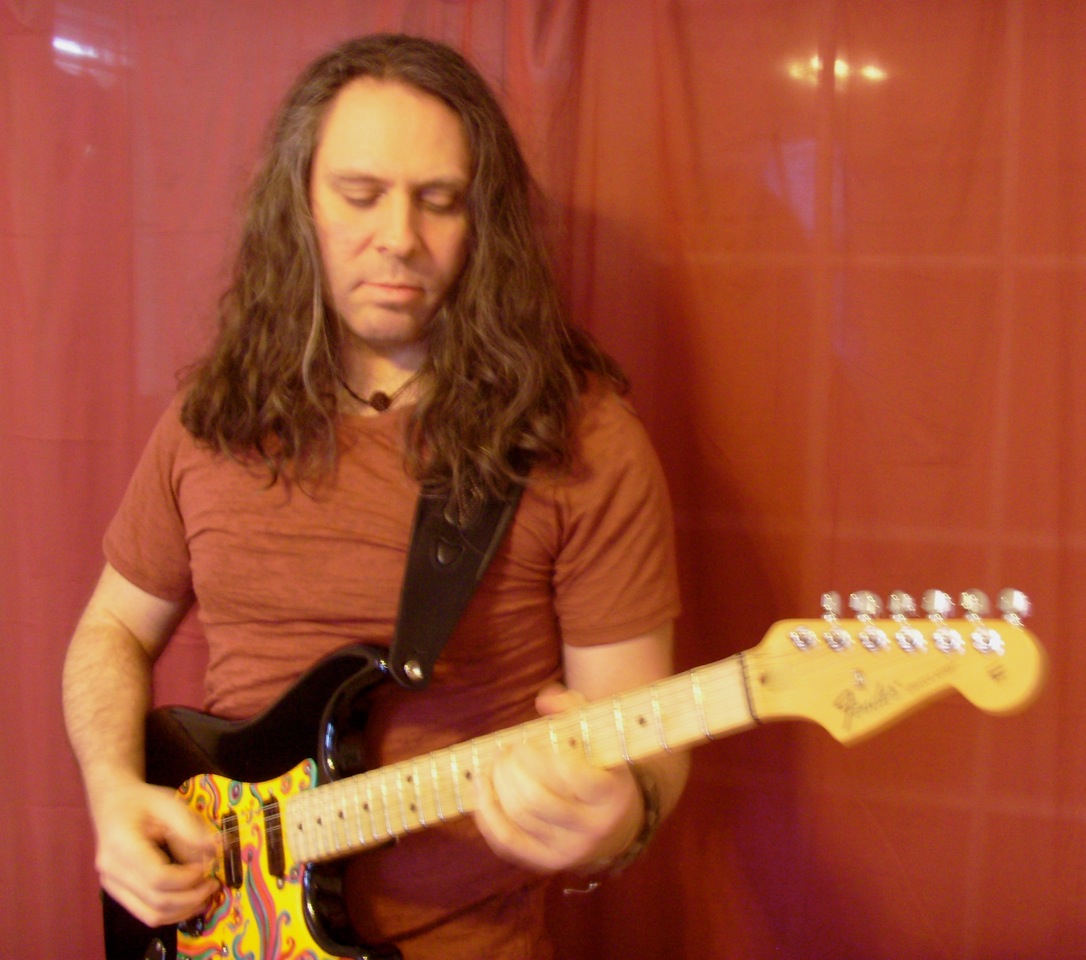
Different styles of music have varying approaches to ornamenting notes — from a subtle trill in classical music, to gamaka, the technique of quickly going back and forth from a pitch to the closest microtone in Indian music.
The focus of this lesson will be on ornamentation in Celtic music. Most ornamentations are notated as grace notes. A grace note is performed by playing the note(s) as fast as you can, ending on the target melody note. Grace notes are notated as smaller notes preceding the target note.
There can be one grace note above or below the target note, or in the case of the piece I wrote for this lesson, several notes. The effect should be subtle enough that the listener may not realize that other notes were played around the melody note, but that something else is happening besides the melody.
So why do we want to learn this technique? Two reasons. The first would be if you want to expand your palate of phrasing by taking in techniques of different styles. The second would be that by practicing the techniques in this lesson, you will develop more strength and clarity in your legato playing.
This lesson is for everyone, regardless if you want to learn Celtic music or just want to learn a new technique to strengthen your left hand by doing something you aren’t accustomed to. Some examples you can find in rock music are the guitar intro to Thin Lizzy’s version of “Whiskey in a Jar” and the second half of Steve Morse’s “Highland Wedding."
In the piece I wrote for this lesson, “Galtymore Crest," I’ve included several instances of grace note phrasing. Playing the piece can actually serve as a good warmup/workout if done daily at different tempos.

A few sections to focus on, would be the initial phrase and first instance of the grace note passage:
All the latest guitar news, interviews, lessons, reviews, deals and more, direct to your inbox!
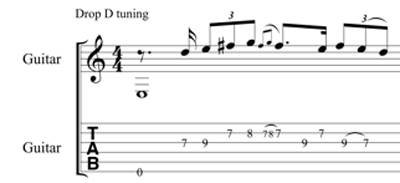
Bar 4 presents a phrase with a stretch:
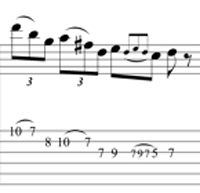
Finally, the second half of bar 5 has a 4 note, grace note phrase that you will want to practice until all of the notes come out clearly.
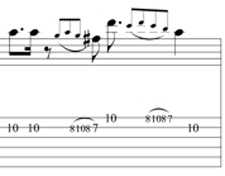
I hope the tools presented in this lesson will add some new techniques to your playing and inspire you to try things you may not have thought of before.
Steve Booke is a composer for film and TV from the New York area. His compositions range from orchestral to metal to world styles from every corner of the earth. A graduate of Berklee College of Music, Steve has played guitar for more than 27 years. He has recorded 10 albums of his own and has played on countless others. He plays gigs in the NY area and tours the East Coast with a variety of bands. He has performed with Ben E. King and members of Mahavishnu Orchestra. He endorses D'Addario/Planet Waves, Larrivee Guitars, Levy's Leathers, Peavey, Stylus Pick, Finale PrintMusic, Pigtronix, Tech 21, Toontrack, Graph Tech, Seymour Duncan, Waves, Studio Devil and L.R. Baggs. His music is available on iTunes and Amazon. He can be contacted at info@stevebooke.com. Visit stevebooke.com.
